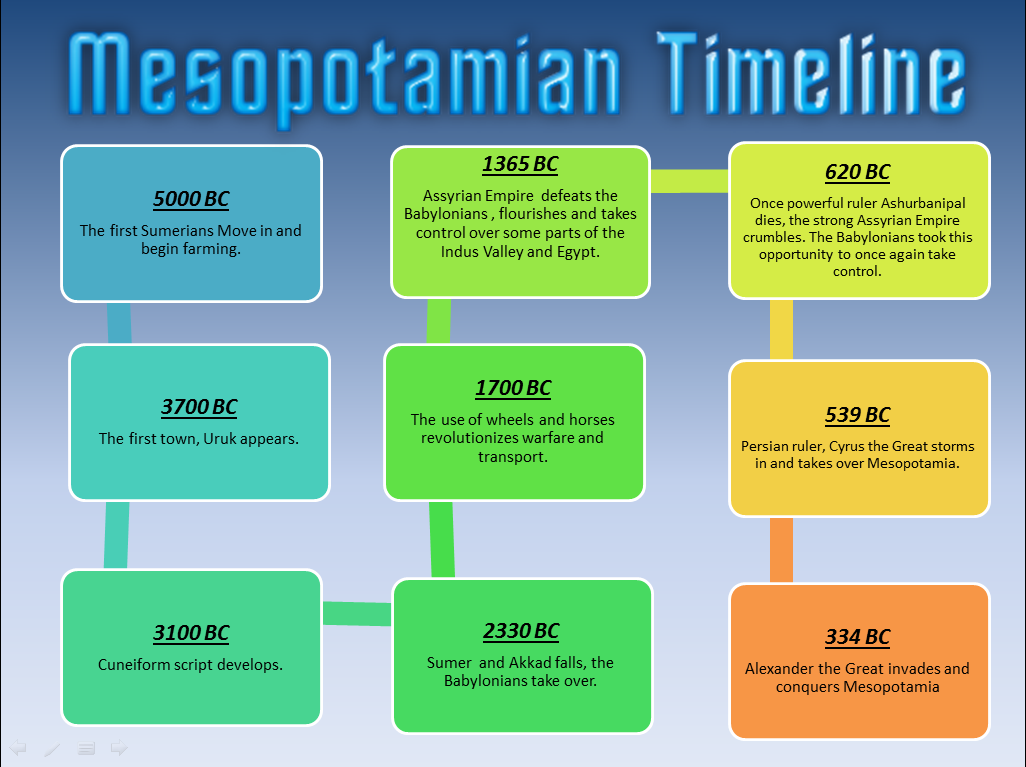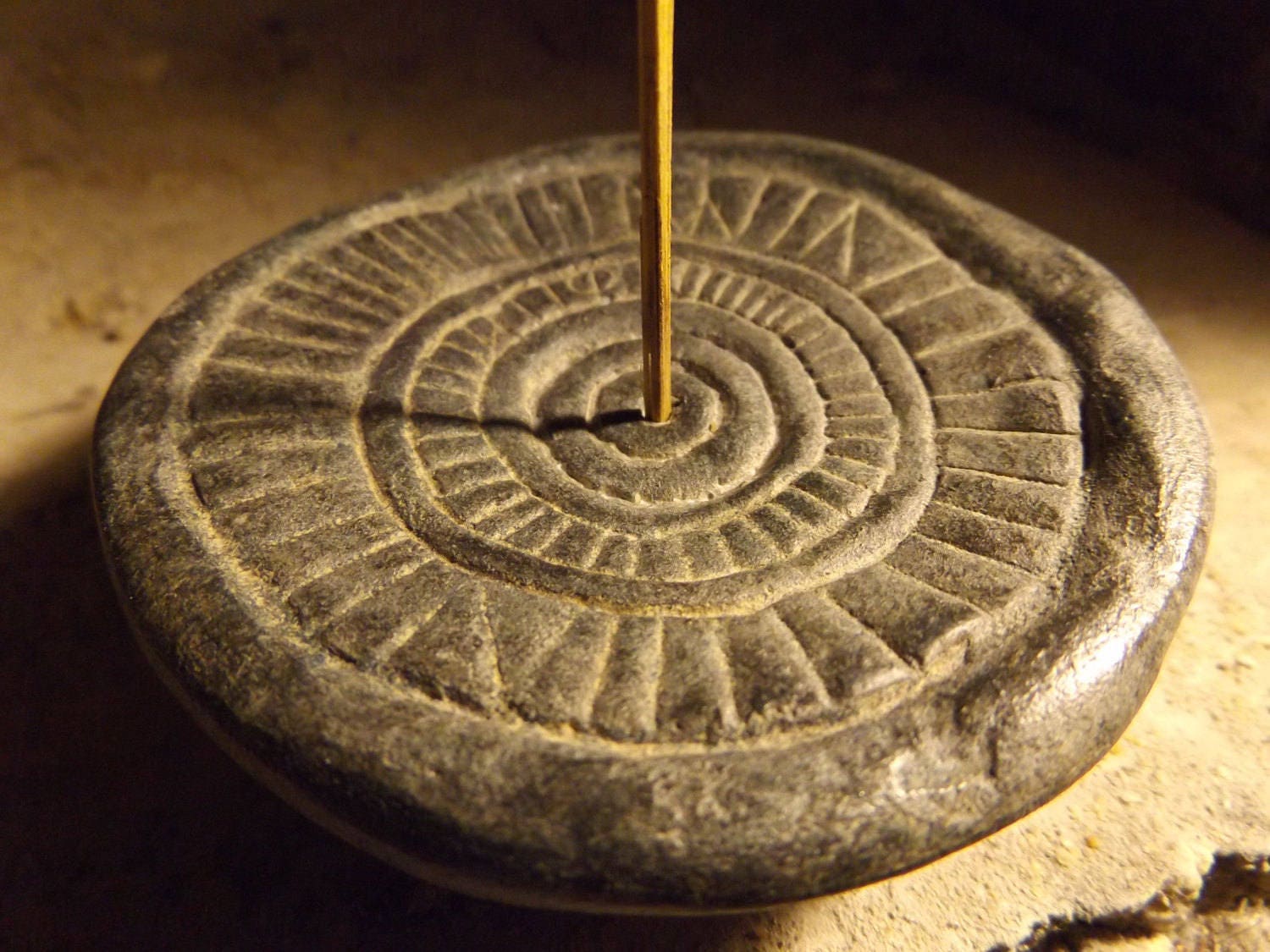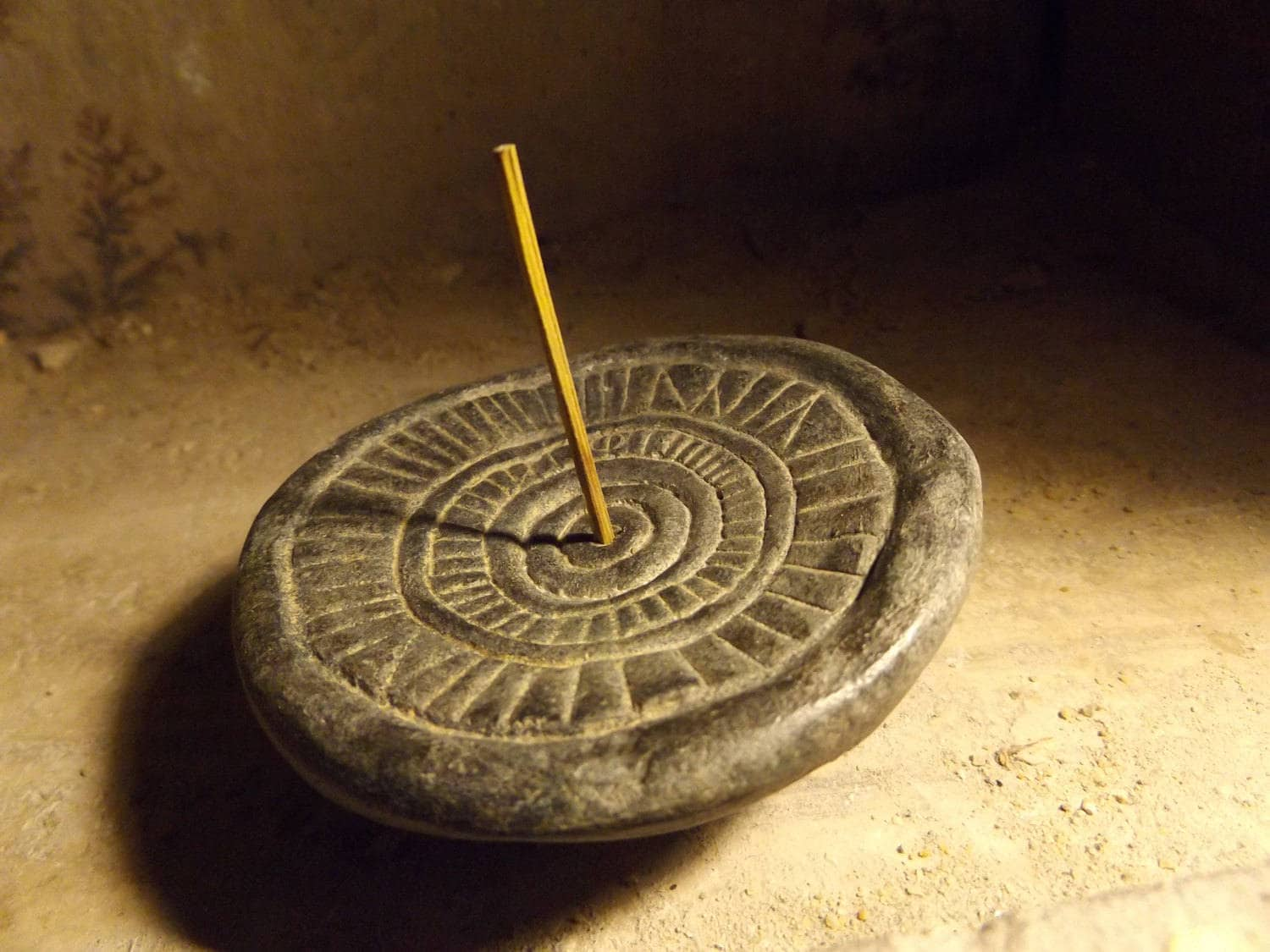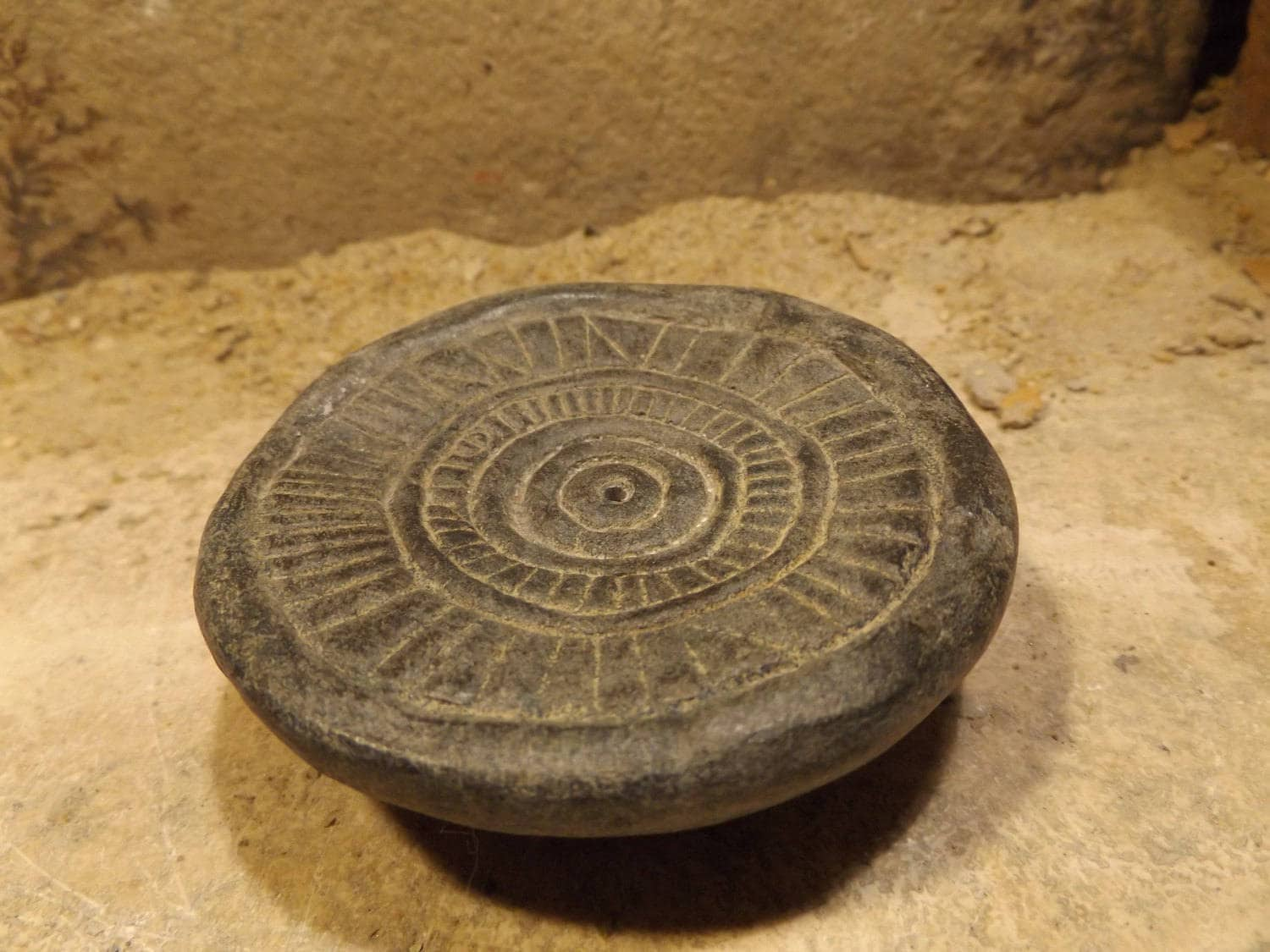Calendar Of Mesopotamia - ܒܝܬ ܢܗܪ̈ܝܢ, bēṯ nahrēn) means between the rivers. The history of calendars covers practices with ancient roots as people created and used various methods to keep track of days and larger divisions of time. The lunisolar calendar, in which months are lunar but years are solar—that is, are brought into line with the course of the sun—was used in the early civilizations of the whole middle east, except egypt, and in greece. The mesopotamian solar calendar was divided into two season, ‘summer’ and ‘winter’. Web the length of the month in mesopotamian calendars of the first millennium bc john m. Web calendars and festivals in mesopotamia in the third and second millennia bc. Web the mesopotamian calendar was based on natural time intervals that characterise the progress of the sun, the cycle of seasons and the motion of the moon in the heavens. Web this book offers a study of the calendars of ancient mesopotamia, egypt, persia, greece, rome, gaul, and all other parts of the mediterranean and the near east, from the origins up to and including jewish and christian calendars in late antiquity. Key components of the babylonian calendar: The sumerian calendar transformed into a proper lunisolar calendar.
Timeline ANCIENT MESOPOTAMIA
The oldest known occurrence of the name mesopotamia dates to the 4th century bc, when it was used to designate the area between the euphrates.
Sundial calendar Mesopotamia Ancient Qumran 200 B.C.E Solar year clock
They even knew that heliocentric model of planetary motion, where the earth revolves on its axis, which in turn revolves around the sun. The people.
Mesopotamian Calendar
Web history of mesopotamia, the region in southwestern asia where the world’s earliest civilization developed. Web the babylonian calendar, also known as the mesopotamian calendar,.
Mesopotamia Kids Britannica Kids Homework Help
The oldest known occurrence of the name mesopotamia dates to the 4th century bc, when it was used to designate the area between the euphrates.
Ancient Mesopotamian Calendar
Web the calendar used today in the west has its roots in the system developed by the astronomers of mesopotamia—and particularly the mesopotamian civilization of.
INVENTS AND PROGRESS
Web the civil calendar used throughout ancient mesopotamia was a lunisolar calendar. It consisted of several key components and followed a specific structure to track.
The Babylonian Calendar WH 15 Sem 1 Mesopotamia FLN
The history of calendars covers practices with ancient roots as people created and used various methods to keep track of days and larger divisions of.
Mesopotamian Calendar
Web calendars and festivals in mesopotamia in the third and second millennia bc. Key components of the babylonian calendar: They even knew that heliocentric model.
Mesopotamia Timeline Storyboard by f1817f40
Web the babylonian calendar, also known as the mesopotamian calendar, was a lunisolar calendar used by the ancient babylonians. It consisted of several key components.
Web The Mesopotamian Calendar Was Based On Natural Time Intervals That Characterise The Progress Of The Sun, The Cycle Of Seasons And The Motion Of The Moon In The Heavens.
They even knew that heliocentric model of planetary motion, where the earth revolves on its axis, which in turn revolves around the sun. Web the length of the month in mesopotamian calendars of the first millennium bc john m. This lunar year of about 354 days was more or less reconciled with the solar year, or year of the seasons, by the occasional intercalation of. The sumerian calendar transformed into a proper lunisolar calendar.
Web This Book Offers A Study Of The Calendars Of Ancient Mesopotamia, Egypt, Persia, Greece, Rome, Gaul, And All Other Parts Of The Mediterranean And The Near East, From The Origins Up To And Including Jewish And Christian Calendars In Late Antiquity.
It consisted of several key components and followed a specific structure to track time and mark important events. Analysis of the ancient calendars of mesopotamia, the levant and other cities of the ancient near east and their annual festivals and. Key components of the babylonian calendar: The history of calendars covers practices with ancient roots as people created and used various methods to keep track of days and larger divisions of time.
Web Calendar Systems Emerged And Were Used In The Cities Of Mesopotamia And The Surrounding Regions.
(stch) edited by hartmut kühne. Web the babylonian calendar, also known as the mesopotamian calendar, was a lunisolar calendar used by the ancient babylonians. Web osama shukir muhammed amin (copyright) among the many inventions of the mesopotamians were: Web the civil calendar used throughout ancient mesopotamia was a lunisolar calendar.
The Lunisolar Calendar, In Which Months Are Lunar But Years Are Solar—That Is, Are Brought Into Line With The Course Of The Sun—Was Used In The Early Civilizations Of The Whole Middle East, Except Egypt, And In Greece.
Web babylonian calendar, chronological system used in ancient mesopotamia, based on a year of 12 synodic months—i.e., 12 complete cycles of phases of the moon. ܒܝܬ ܢܗܪ̈ܝܢ, bēṯ nahrēn) means between the rivers. Web the babylonian calendar was a lunisolar calendar used in mesopotamia from around the second millennium bce until the seleucid era ( 294 bce ), and it was specifically used in babylon from the old babylonian period ( 1780 bce) until the seleucid era. Centered between the tigris and euphrates rivers, the region in ancient times was home to several civilizations, including the sumerians, babylonians, assyrians, and persians.









